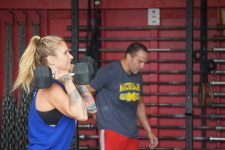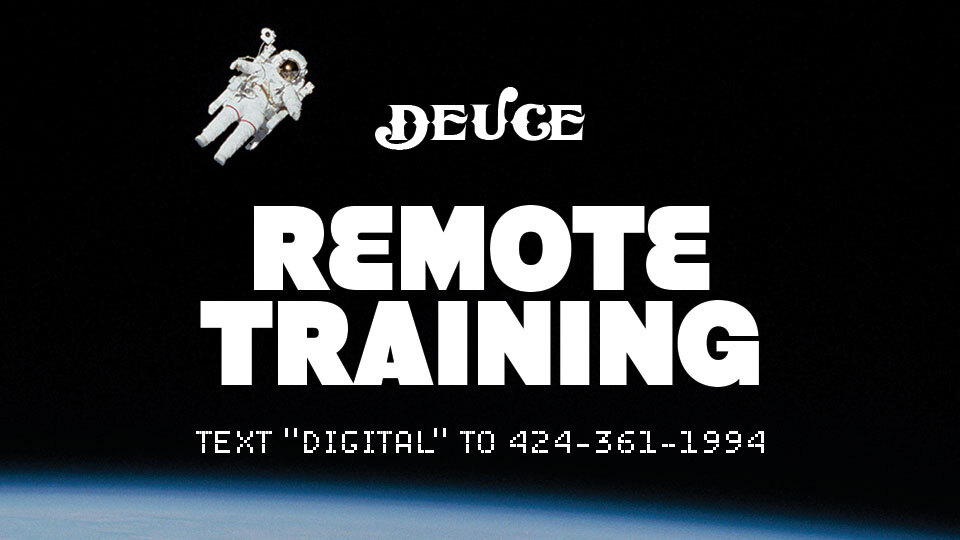
There are quotes on the title above because I first heard the phrase from our good friends at PowerAthlete HQ. Adaptation is, after all, the reason for training in a particular way. Sure, there may be some intrinsic appreciation for training for training’s sake, but without the adaptation of looking, feeling, and/or performing better, I think we all may find a number of activities more enjoyable than training for sheer pleasure.
So, what would “driving adaption”mean?
To drive adaption is to move and train in a way that forces the issue of change in the body. You know the difference between going through the motions and improving yourself. I believe that we know, somewhere down within ourselves, that giving a half hearted effort (albeit run, row, press, or otherwise) may be training too far below the threshold for change.
There’s a reason sitting at work all day doesn’t elicit strong, fast, and flexible gains. Sitting at work all day doesn’t drive adaption. It’s not fringe enough of an exposure to the body to force change. When it comes to work in the gym we need to force the issue to get our system to change.
Simply put: Showing up isn’t enough.
To carve new boundaries in your performance, you’ll need to spend time at the fringes of our potential to grow the perimeter of your capacity. The beauty here, though, is that this is all perfectly relative. Scraping the edges of your personal potential is just that, it’s yours. You don’t need to push like your peers to improve.
But, you’ll need to do more than show up. You’ve got to train near your potential to force change.
Logan Gelbrich
@functionalcoach
11/5/15 WOD
Complete 2 rounds for time:
20 Back Squats (135/95)
15 Burpee Box Jumps (20)
10 HSPU
400m Run

